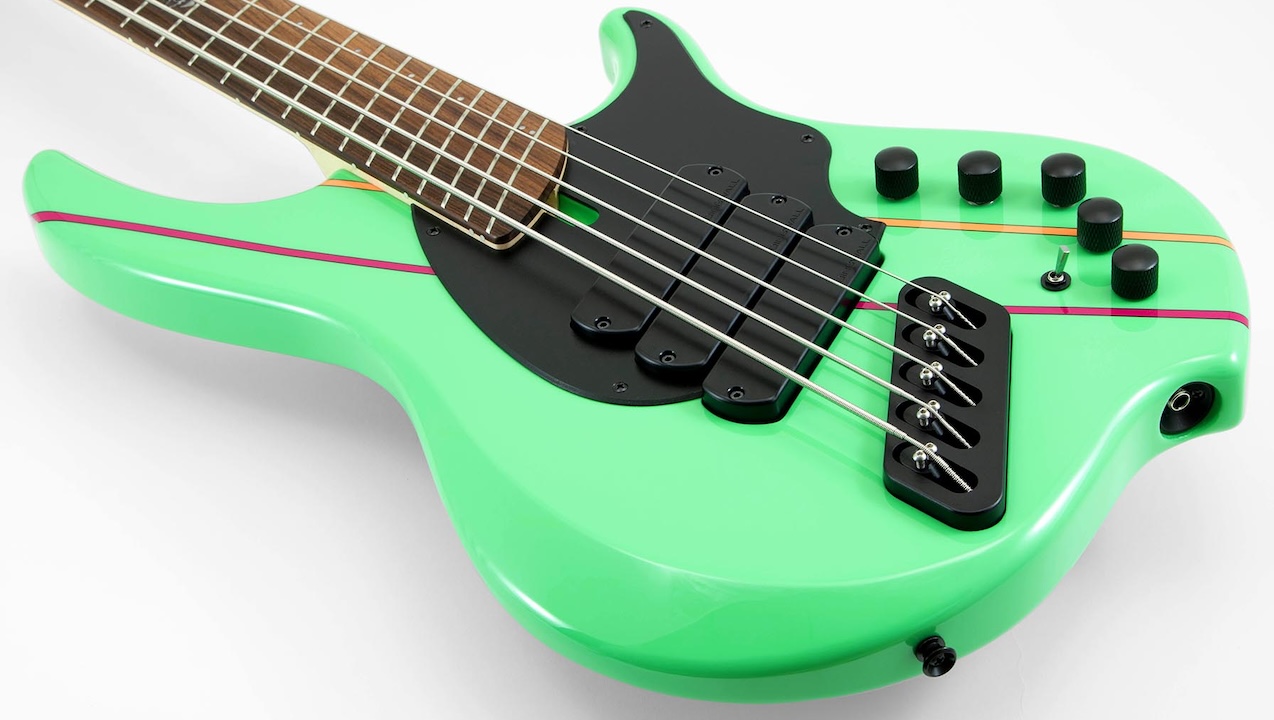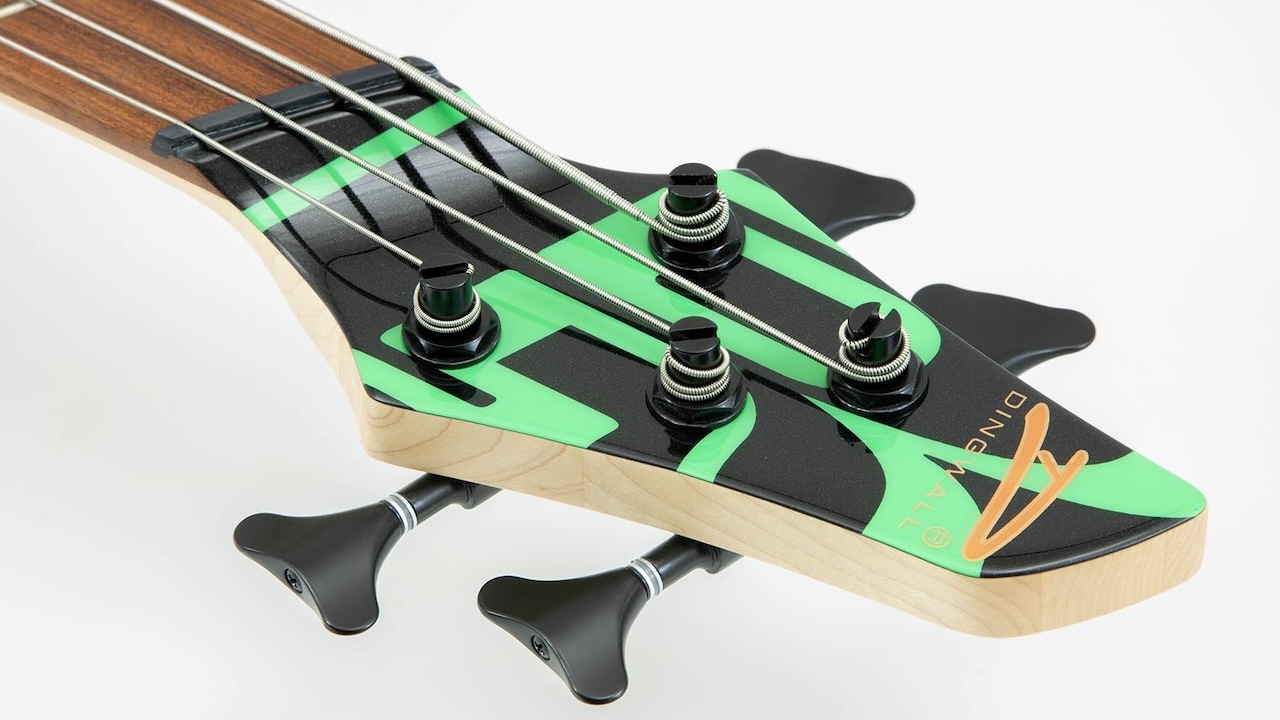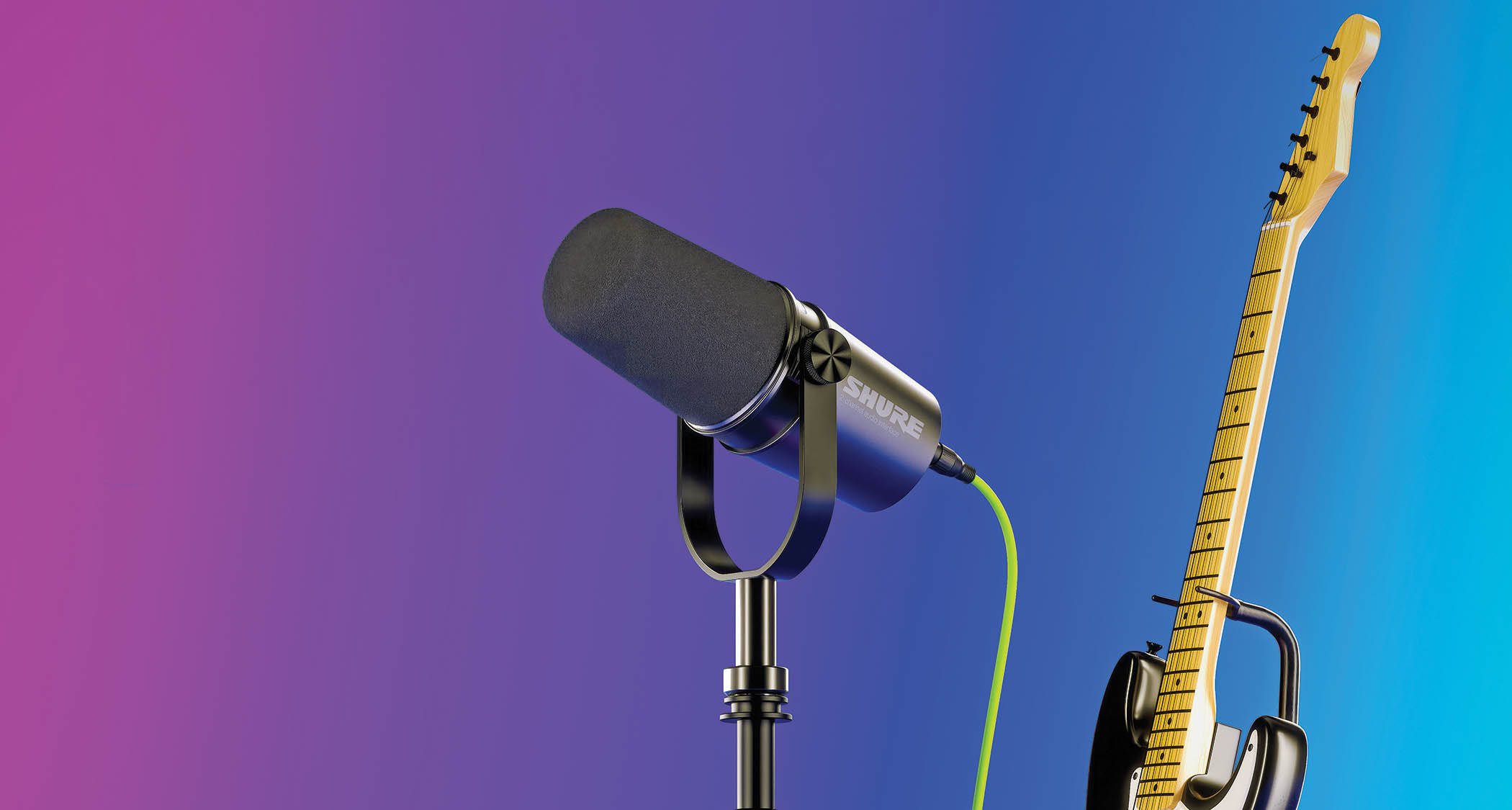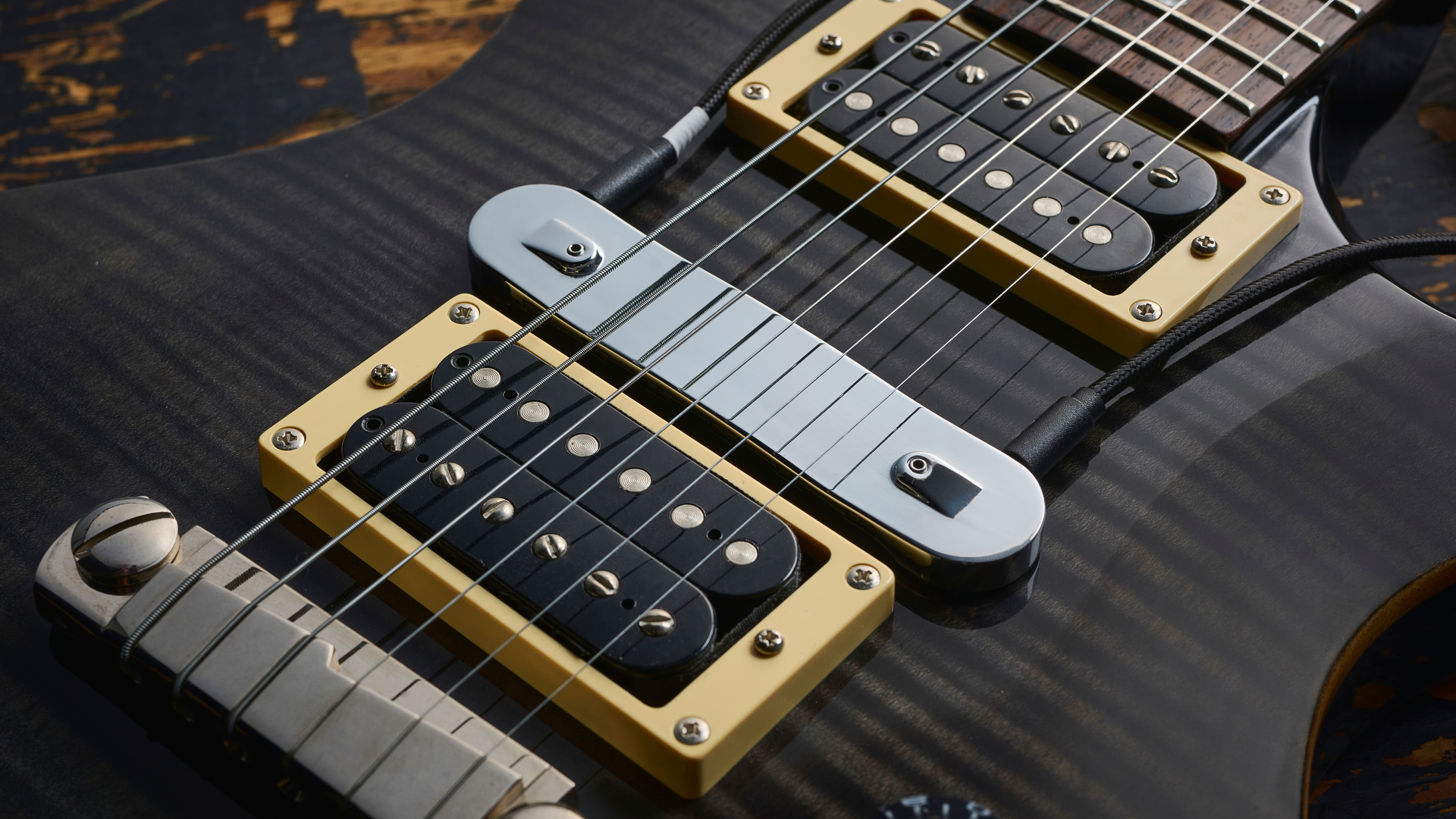Guitar World Verdict
If you have the budget, you like the aesthetic and you can handle the fanned frets, this is a bass that you’ll genuinely cherish for decades.
Pros
- +
Powerhouse electronics.
- +
Low B-string sustain and tone are unbeatable.
- +
The state-of-the-art feel and components that we expect from Dingwall.
Cons
- -
Are fanned frets for you?
You can trust Guitar World
You couldn’t escape John Taylor’s bass parts in the ’80S because they were all over the radio and MTV, from mid-heavy Rickenbacker lines through to slicker parts played on an Aria Pro II. Slippery, 16th-y and beyond catchy, Duran Duran’s basslines demanded both low-end girth and crispy mids, a requirement that Taylor fulfilled with a signature Peavey in later years.
He’s been using a custom Dingwall on the last couple of Duran tours, fitted out with Rio decals in honour of that album’s 40th anniversary, causing us to wonder if a signature model would be on the way at some point.
His Dingwall JT has now arrived in new Metallic Black, Primrose and Seafoam Green finishes, and we’re the first reviewers to get one: let’s see how it handles.

Playability
First off, this is the first five-string Taylor variant, a crucial consideration because if there’s one thing that Dingwall basses do well, it’s low B-string performance, delivering the tones via a fanned-frets system.
This arrangement varies the strings’ scale length from a standard 34” at the G string to a whopping 37” at the bottom end, meaning that the B string benefits from maximum tension and feels great to play, with none of the dull-sounding flopping around that you get from a regular-scale five-string. The JT is also available as a four-string.
Dingwall’s fanned frets themselves have been discussed endlessly before this, and for good reason, because if you’ve never come up against them, they look pretty intimidating. Rest assured you’ll get used to them after a couple of hours of practice. The fret angles are only extreme below the fourth fret and above the 15th or thereabouts, and even in those areas your brain will take your fingers to the right places if you let it.
Sounds
The electronics are built to complement these optimum string tensions, with a top-quality Rupert Neve Designs preamp configured to Taylor’s tone requirements. The three Neodymium pickups are selectable with a rotary control, located at the bottom of the V-shaped row of pots, in four positions: bridge solo, bridge and middle in series, bridge and neck in parallel, and neck solo.
The tone control will serve you perfectly well if you’re in passive mode, the hallmark of any decent bass, but if you’re interested in Taylor’s tones you’ll stay in active mode, where the two-band boost and cut gives you a ton of options.
Combining the thunderous bass boost with the clean top end that the fanned frets allow the B string takes two seconds, for example, and glassy slap tones and subterranean reggae sounds are there too. Sure, a mids cut/boost would have been nice, but that’s where the four-position rotary control we just mentioned comes in: there’s plenty of nuance in the mids for you right there.


Conclusion
As you’d expect from a bass at this price point, the fine details are taken care of: once you discover that the magnetic battery cover on the rear flips on and off with zero effort, you’ll wonder how you ever had the patience to unscrew the compartment cover on your other basses.
The bridge is a thing of beauty, too, a new minimalist design launched with the JT bass that requires a single Allen key to adjust both the action and intonation.
Full transparency: we’ve been Dingwall fans since day one. They’re the Ferrari of bass guitars, with state-of-the-art science behind them that actually benefits players.
Let’s be objective, though: sometimes your battered old P-Bass will do the job just fine, and it won’t cost you $2,800, either. Still, if you have the budget, you like the aesthetic and you can handle the fanned frets, this is a bass that you’ll genuinely cherish for decades.

Specs
- Price: $2,805 / £2,215 (inc. gigbag)
- Made in: China
- Body: Nyatoh
- Neck: Five-piece maple, 34” to 37” scale
- Nut: Graph Tech
- Fingerboard: Pau ferro, 24 ‘banjo-sized’ fanned frets
- Pickups: 3x Dingwall FD3n
- Controls: Master volume, four-position Quad-Tone rotary pickup selector, passive tone, active bass and treble cut and boost, active/passive toggle switch
- Hardware: Dingwall Minimalist one-piece recessed bridge, lightweight open-back tuners.
- Weight: 9 lbs / 4.1 kg
- Available finishes: Metallic Black, Cranberry, Primrose and Seafoam Green.
- Contact: Dingwall Guitars
Joel McIver was the Editor of Bass Player magazine from 2018 to 2022, having spent six years before that editing Bass Guitar magazine. A journalist with 25 years' experience in the music field, he's also the author of 35 books, a couple of bestsellers among them. He regularly appears on podcasts, radio and TV.
How to get better at guitar – 10 proven ways to improve your playing fast
“I knew the spirit of the Alice Cooper group was back – what we were making was very much an album that could’ve been in the '70s”: Original Alice Cooper lineup reunites after more than 50 years – and announces brand-new album
“Such a rare piece”: Dave Navarro has chosen the guitar he’s using to record his first post-Jane’s Addiction material – and it’s a historic build












